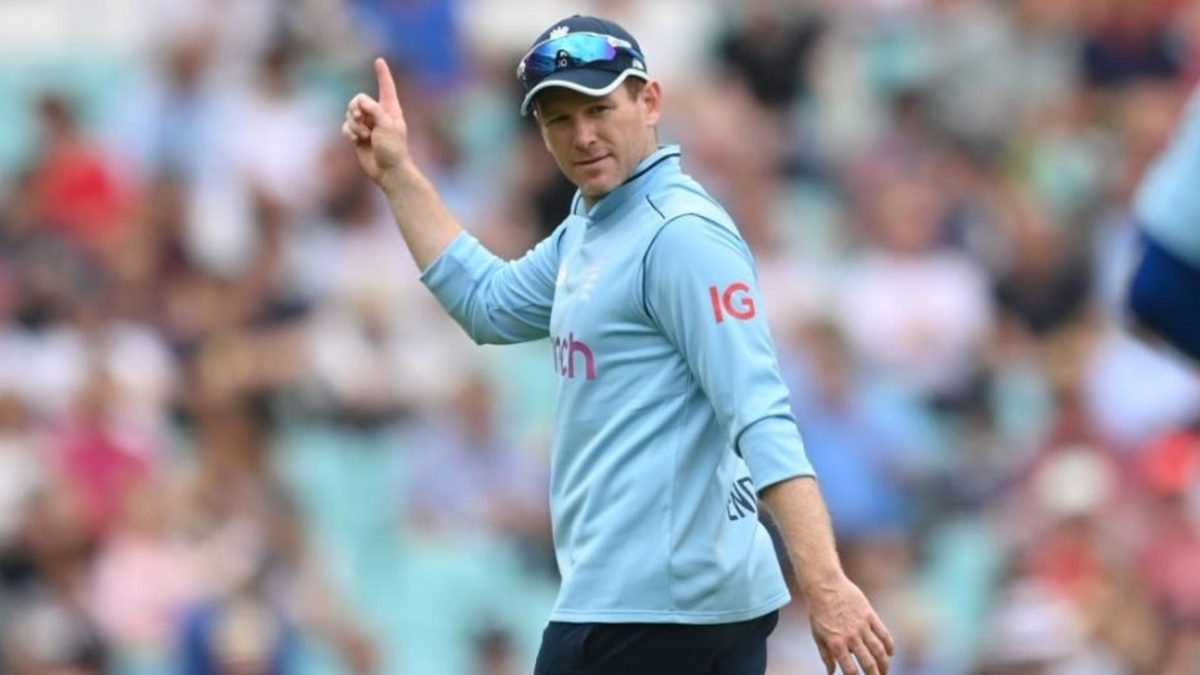
It’s hard to remember a lower key home England series.
Three emphatically one-sided contests – the last mercifully cut short by the rain – with the vast majority of key performances coming from players who have been part of the England set-up for at least half a decade. While the action was rarely gripping, there were still a number of plot arcs that developed and with both sides about to contest another set of ODI series, it will be interesting to see how they play out.
England new ball strength masks middle overs concern
England were excellent with the new ball. Eleven of the Sri Lanka wickets to fall across the series were lost during the powerplay as Chris Woakes, David Willey and Sam Curran regularly exposed the frailties in the Sri Lankan top six. With Jofra Archer a nailed-down starter with the new ball when fit, England’s strength in depth is encouraging.
That said, that Sri Lankan top order fragility meant that England’s lack of penetration in the middle overs was inconsequential and hidden from the spotlight. Since the 2019 World Cup – and Liam Plunkett’s subsequent dropping from the set-up – England have struggled to make regular inroads in the middle overs. This nagging problem was still evident at times in this one-sided affair. After all, Sri Lanka still batted out their 50 overs after their top-order collapse in the second ODI. Tom Curran picked up a four-for in the series finale, a spell that broke a barren 11-game run that saw him claim just three wickets. Adil Rashid took just one wicket across the three games and while Sam Curran enjoyed success with the new ball at The Oval, he was less of a threat as the ball aged.
Potential learning exercise wasted
While England did shuffle the pack to a degree, they did not use the opportunity of facing side slumped at the bottom of the ODI Super League rankings at the start of the series to give more game time to players with limited ODI experience.
Given the aforementioned middle overs struggle, it was disappointing not to see George Garton given a game to see if he could provide a point of difference to the attack. In an ideal world, as we approach the halfway point in the four-year World Cup cycle, England would have learnt more about the likes of Garton, Saqib Mahmood and Matt Parkinson than we have so far.
Joe Root is in encouragingly good touch
It’s hard to ascertain exactly where Joe Root’s batting is at the moment. Imperious in the first three Tests of 2021, his returns declined as surfaces worsened in India and conditions changed for the home New Zealand series. With that in mind, it was encouraging to see him in such good touch in the first two games of the series. He looked serene as he navigated England through both run chases against a decent Sri Lanka attack. His overall ODI record is extraordinary – after 151 games his average is now 51.33.
Sri Lanka far cry from the top
There is never a good time to lose three of your first choice top seven to suspension, but you can be sure that it happening on the eve of a series away to the reigning world champions is very much not ideal. Sri Lanka’s batting – especially against the new ball – was poor. Even with a full strength side they do not have the consistent run-scorers that the sides above them in the world rankings possess. The no-result at Bristol lifted them off the bottom of the World Cup Super League table but you sense that it would take a dramatic turn of events for them to secure automatic qualification for the 2023 World Cup. Indeed, they may well face relegation from the competition altogether unless results improve sharply.







